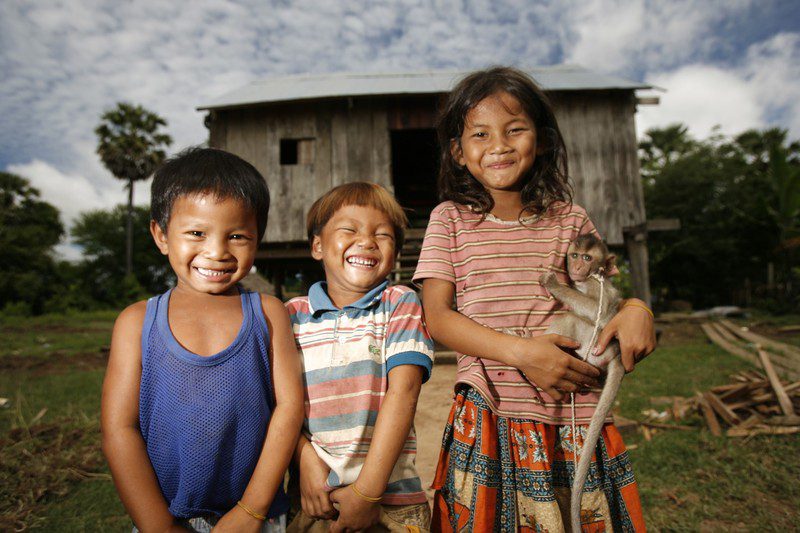Damming the Mekong
The mighty Mekong River is one of the most important river systems on the planet. The world’s largest inland fishery, the Mekong feeds 60 million people living in its basin and is worth USD $7 billion annually [1].
The river’s greatest threat
Twelve mainstream hydropower dams are proposed for the lower Mekong mainstream. If built, these dams will cut across the whole river, creating a barrier that will seriously impact the flow and hydrology of the Mekong.
Damming the Mekong will:
- impact the region’s natural monsoonal flood/drought cycles
- block sediment and nutrient transfer, seriously impacting the fish and aquatic life of the river and wetlands
- require tens of thousands of people to relocate because their homes and land will be flooded
- impact millions more through changes to habitat, farmlands and wetlands
Watch the trailer for Tom Fawthrop’s documentary, ‘Where have all the fish gone? Killing the Mekong dam by dam”
Dams on the Mekong’s tributaries will also cause irreversible damage if not carefully planned and managed. Find out more about the Lower Sesan 2 Dam and Yali Falls Dam in the critical 3S Environmental Zone.
Unfortunately the local people don’t often benefit from these projects – in fact they sometimes don’t even get access to the electricity produced by the dam.
What is Oxfam doing?
Oxfam Australia has been working in the Mekong region for more than 20 years. We support a network of local and non-government organisations across the six countries in the region, linking grassroots village work with international and regional organisations.
Oxfam is an active member of global campaigning group Save the Mekong Coalition. We’re taking action by writing to the Australian Government, a member donor of the Mekong River Commission.
We’re also ensuring that communities know their rights regarding major development decisions that affect their environment and their access to the Mekong’s vital resources.
Find out more
- Read more about the hydropower debate
- Learn more about the global action to save rivers
[1] USD $7 billion when off-river fisheries are included and USD $3.9 billion for in-river fisheries only
